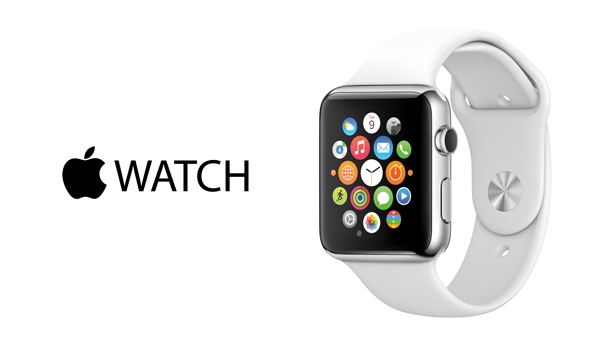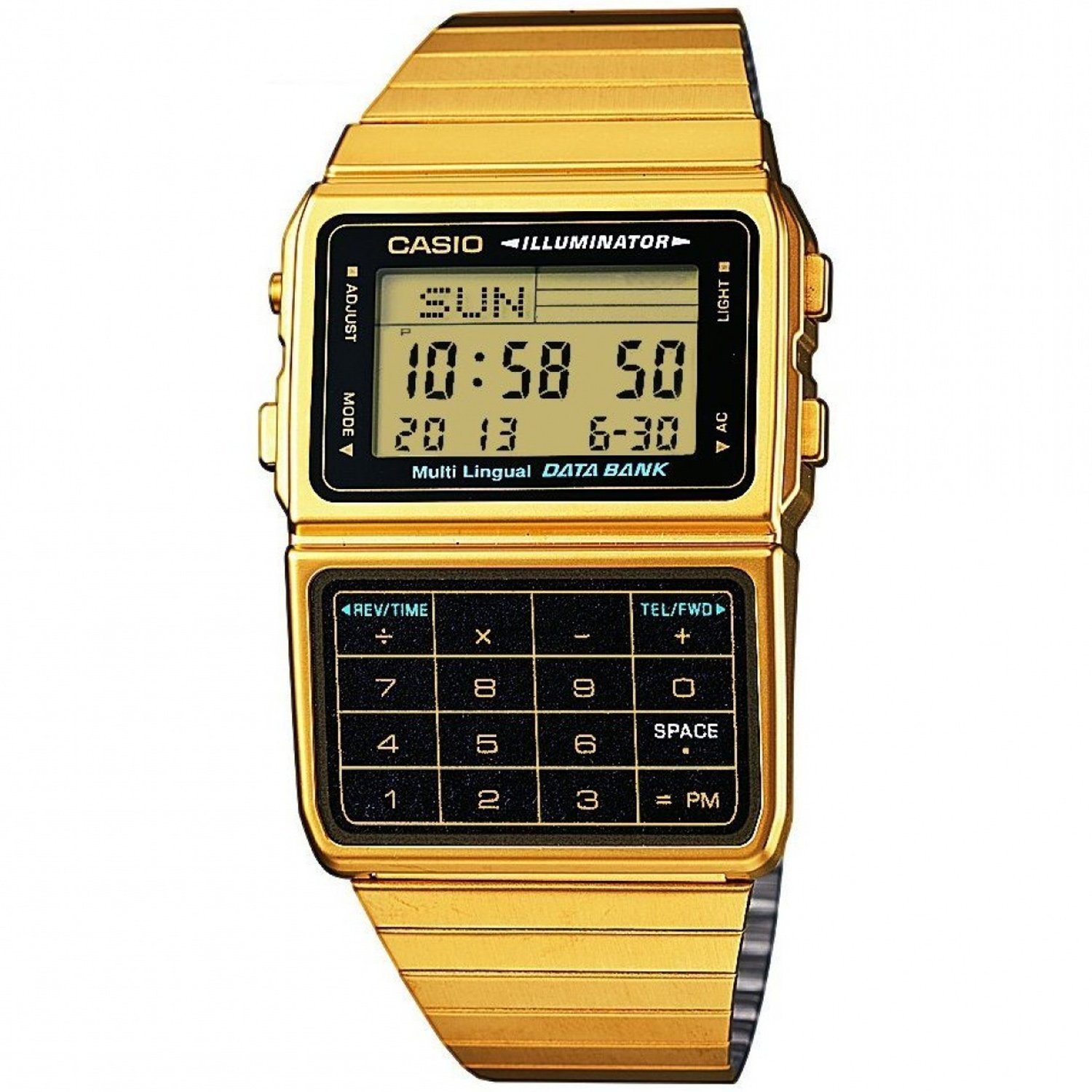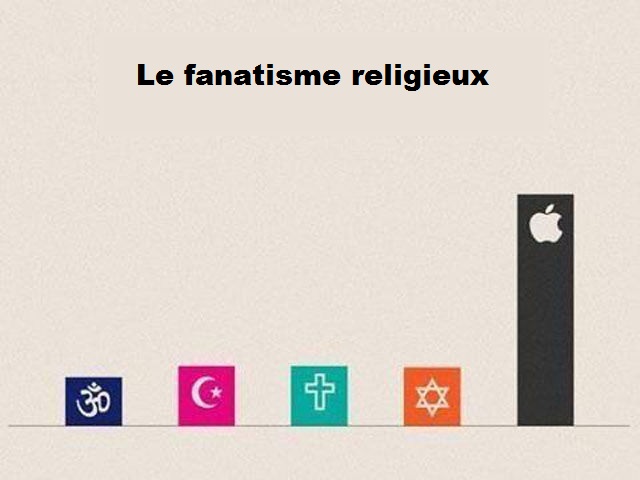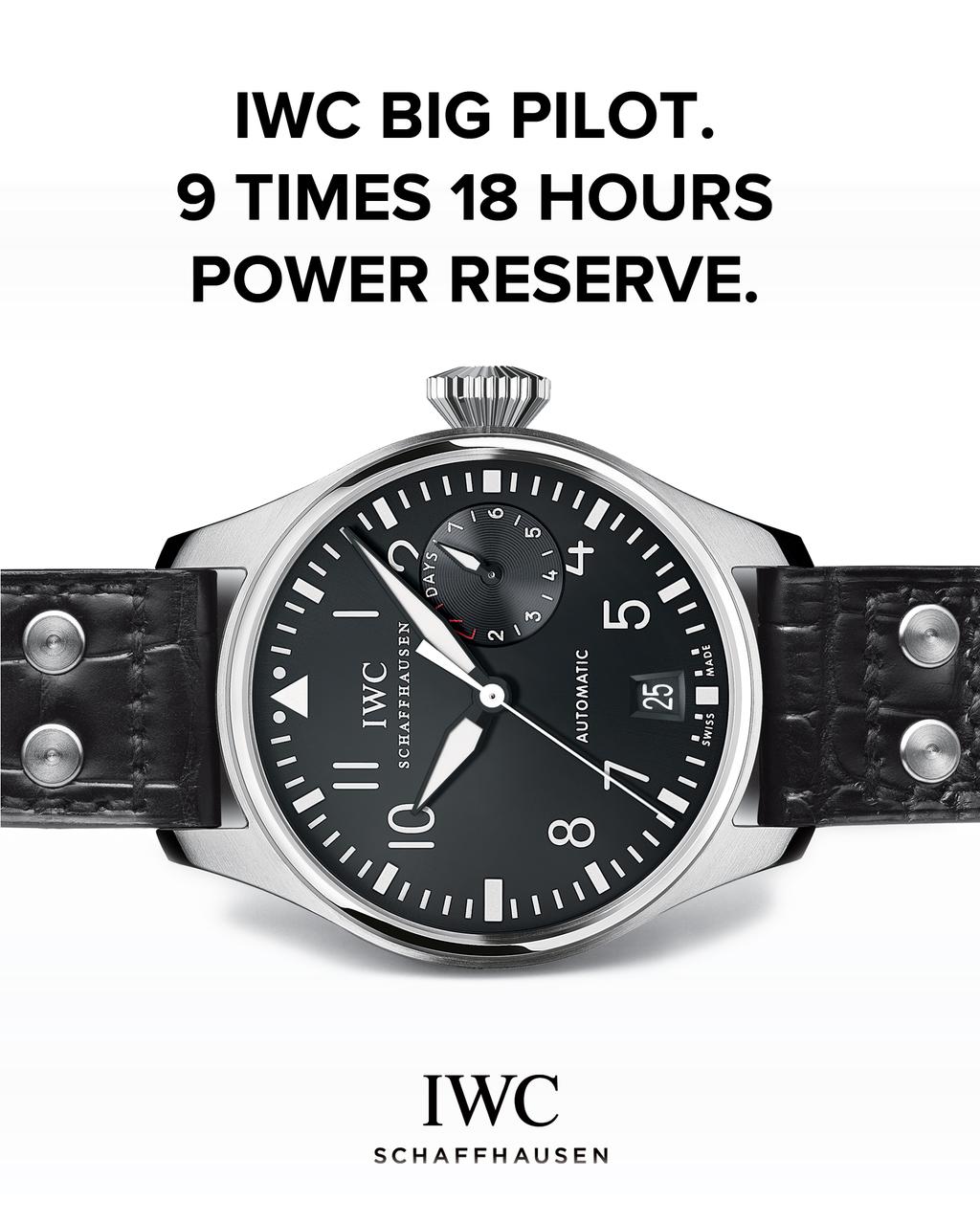Apple Watch, or the damp squib.
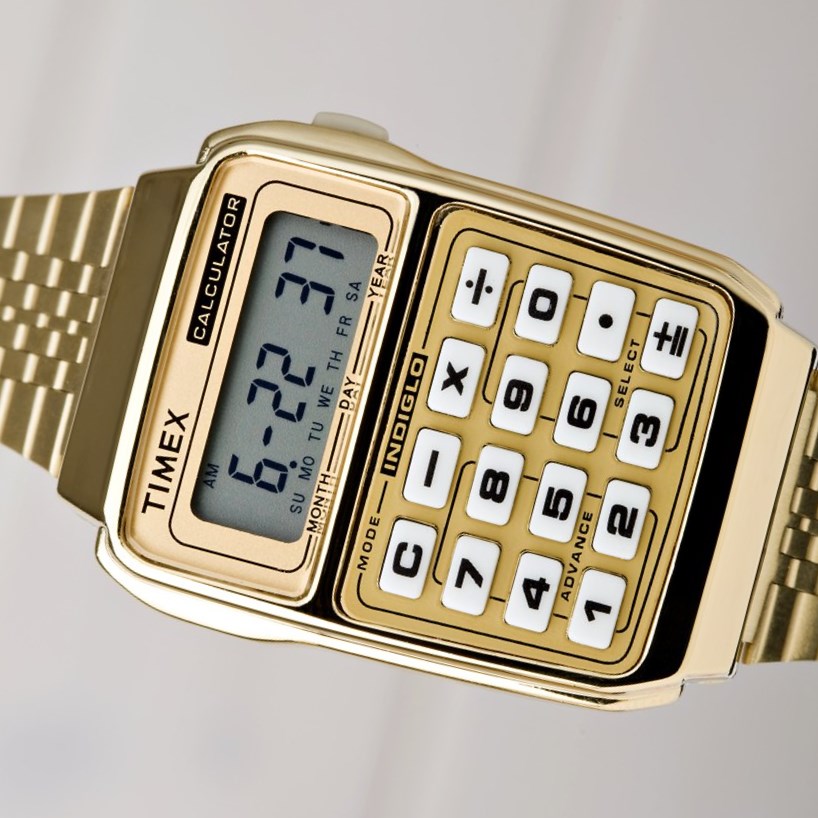
Hi everyone,
My mate Gregory Pons and some others, less talented, have written many articles about the terrible danger Apple and the Smartwatches reprensent for watchmaking industry.
A danger so big that Apple looks like kind of an horological islamic state, the eschatological Nemesis of traditional Swiss watchmaking.
- Let us be serious, let us make a bit of trollesque history.
At the end of the sixties, Seiko won the Swiss chronometry competition. With a condescending attitude that doesn’t credit them, the contest organizers decided to blame the thermomether and put an end to the event.
It has been rekindled a few years ago, but the Japanese remain excluded !!
Seiko and Citizen were not going to stop there, the samuraï are fond of high technology and they adapted quartz technology (which was known for almost 100 years in the early seventies, the Swiss were the pioneers in the miniaturisation of quartz) into consumer products. While the Swiss were stagnating with their complex industrial fabric, and their numerous brands,
- the Japanese successfully came up with their first quartz in 1969.
In those days (see some back articles by the late Cavanna, founder of Charlie Hebdo), mechanical watchmaking had a bad reputation: costly, unreliable, inaccurate, and needing daily rewindings.
Quartz seems to only offer advantages: it is extremely accurate, reliable, and it doesn’t need to be rewinded. Besides, to drive the point home, as any other consumer electronic equipment, the prices of quartz fall rapidly and end up below mechanical watchmaking prices, finishing popularising the wristwatch.
Those who manage to emerge unscathed from the crisis either have extremely rationalised their production (Rolex), or enjoy a long-standing prestige (Patek, Vacheron, Audemars…).
Prestige, popularisation : this is what it is all about.
The cunning and inimitable watchmaker Jean Claude Biver knew that before anyone else. He used the purely mechanical Blancpain history to boost his prestige (Blancpain being then a brand of military and sports watches).
By the early nineties, the luxury image of quartz quickly collapsed as a resulf of popularisation.
- Thus, more and more students started to wear some quartz-calculator-golden watches, in the pure style of the eighties, the fusion of Miami Vice and Daryll.
Here is the first design study of the Apple Watch, exclusively for the readers of Foudroyante.
The mechanical watchmaking recovered in the nineties, and exploded in the 2000’s. Simultaneously, the smartphones, the laptops, the tablets, the bord computers, the UMPS kettles, the quad core microwave ovens, the quantum lawnmowers have been completely invading our everyday lives.
- Nobody knows how it works, no one cares, because it will be just good for the bin in 24 months (at the end of the guaranteed period).
In this orgy of conections, in this web of electromagnetic waves, the good old watch, the one with which we could blew up boats, coordinate bombings, time a Mustang, or measure the levels in dive, is even more essential nowadays than it used to be.
It used to save our lives, now it allows us to run away from technological alienation.
So we don’t buy a mechanical watch for its connectivity, neither for its functions, we buy it because it’s beautiful, lasting, prestigious, pure,simple and traditional. We buy a piece of the past while we move forward inexorably to a stressful future.
This is why the Apple Watch will not significantly steal market shares from rolex, Breitling or Oméga. Even the lower ranking brands, such as Longines or Tudor don’t need to worry neither.
- Some draw the parallel with quartz crisis, but it is inappropriate because the utilitarian quartz watch almost killed a mecha-utilitarian watch.
Nowadays a mechanical watch looks more like an art object than an utilitarian object.
- Yet however unpleasant it might seem to the sect of the admirers of Apple, The Apple Watch is an utilitarian creation.
Last thingabout it (also available in gold, as our brave calculator watch from the eighties) :
18h of battery life, is Apple losing the noodle ? It is not even the lenght of a working day !
Help ! Resuscitate Steve Jobs ! They’re going mad!
Mechanically yours
Malik, MCSA.
